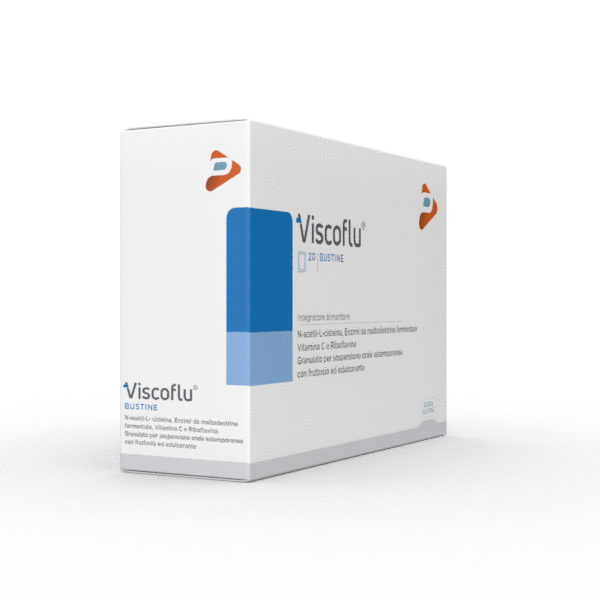Are we going for a walk in the park? Come on, then we can stop and have a drink in the outdoor bar! A great idea, but not for allergy sufferers.
Allergic rhinitis if already annoying at home, let alone outdoors, especially if there is a bit of wind. A nose that drips and itches and that annoying sensation of a stuffy and stuffy nose, a result of dilation of the small vessels present in the nasal mucous that reduces the passage of air. Result? Breathing becomes difficult. To get relief from the symptoms of allergic rhinitis, decongestant sprays or vasoconstriction are often used, relieving blood supply and congestion, produce relief. But care should be taken: if local decongestants are normally well tolerated, it is also true that vasoconstrictors should be used appropriately.
The frequent and prolonged use of vasoconstrictors can provoke the appearance of tolerance, leading to intensifying its administration and thus establishing a vicious circle. Moreover, perhaps not everyone knows that, if administered simultaneously in both nasal cavities, in a few weeks they lead to a condition of permanent congestion characterized by the simultaneous closure of both nostrils. Therefore, the specialists warn, vasoconstrictors should not be used for more than a week and never simultaneously in both nostrils.
The right product is there
In the case of allergic rhinitis, it is better to opt for spray products based on hypertonic decongestant saline solution, free of vasoconstrictors and excipients harmful to the mucous. In particular, there are commercially available preparations that associate N-acetylcysteine, thus also exploiting its fluidifying properties. This type of solution is able to facilitate the fluidification and mechanical removal of mucous secretions stagnating in the nasal cavities and in the paranasal sinuses, improving the symptoms and favoring the restoration of the air patency in full compliance with the nasal mucous membranes.


